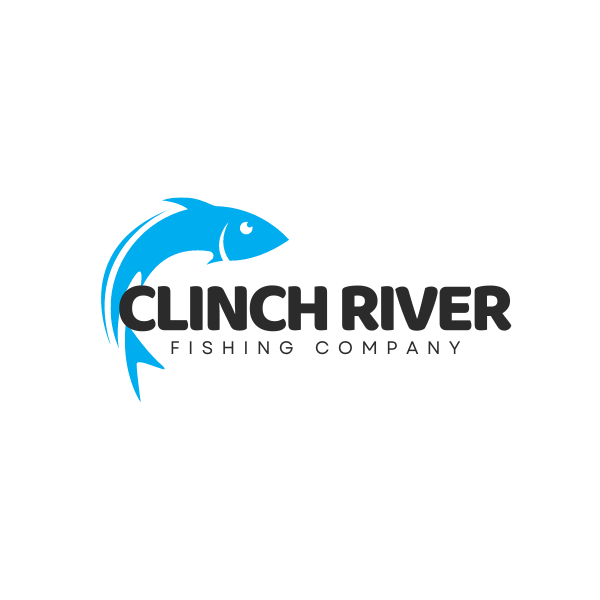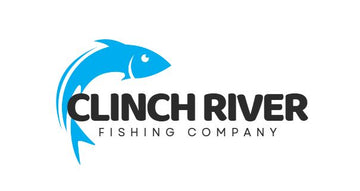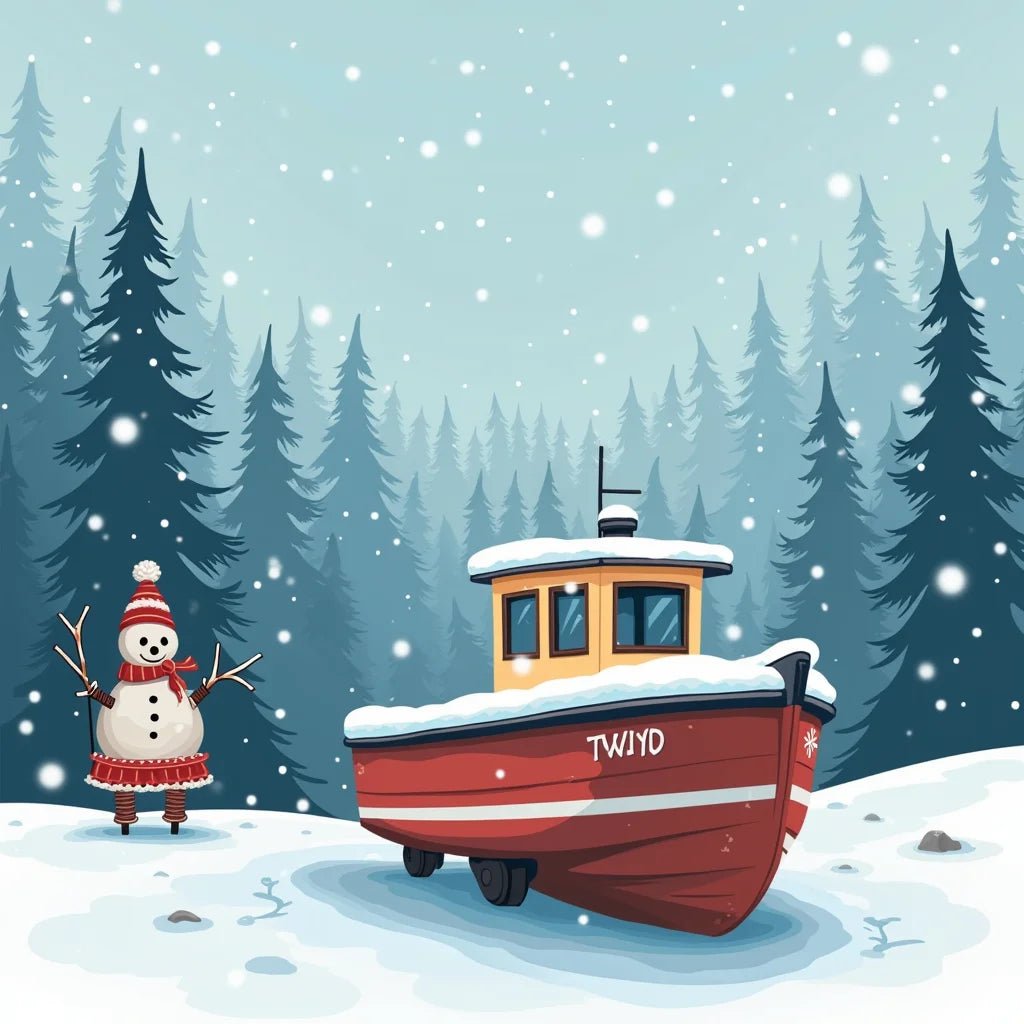Updated on: 2025-10-14
Table of Contents
- Why a boat winterizing kit matters
- Common mistakes when using a boat winterizing kit
- Buyer’s checklist for a boat winterizing kit
- FAQ about boat winterizing kits and marine winterizing kits
- Wrap-up and final thoughts on choosing a boat winterizing kit
Why a boat winterizing kit matters
If your boat rests through colder months, a boat winterizing kit is a simple way to protect your engine and onboard water systems from freeze damage and corrosion. A complete marine winterizing kit helps you move through the process with fewer trips to the store and fewer chances to miss an important step. In the first hours of a cold snap, pipes, pumps, and blocks can crack if water remains inside. With the right setup—marine antifreeze, engine fogging oil, and a few reliable tools—you can treat your engine and plumbing thoughtfully. This guide shares a friendly, step-by-step overview, a buyer’s checklist, and practical tips so your boat is ready when warmer days return.
For additional gear ideas and inspiration, you are welcome to explore the resources on Clinch River Fishing USA. You can also browse current product categories at All Collections, or catch recent how-to articles in the News Blog. If you have questions after reading, the Contact page may be helpful.
Common mistakes when using a boat winterizing kit
- Using the wrong antifreeze: Automotive antifreeze contains toxic ethylene glycol and is not suitable for onboard systems. Choose marine antifreeze labeled for potable water systems and the temperature rating you need.
- Skipping engine fogging: Many gasoline engines benefit from engine fogging oil to help protect cylinder walls and internal components. Skipping this step can invite corrosion during storage.
- Not draining water first: Even with a marine winterizing kit, trapped water may dilute antifreeze and reduce protection. Always drain where recommended before introducing antifreeze.
- Forgetting the raw-water side: Heat exchangers, raw-water pumps, and strainers must be protected. If only the freshwater system is treated, raw-water circuits can still freeze.
- Ignoring fuel stabilization: Unstabilized fuel can oxidize and form deposits. A stabilizer, run through the system, is a calm, preventive step.
- Overlooking small fixtures: Transom showers, cockpit washdowns, livewells, and ice makers can crack if left untreated. A complete boat winterizing kit plan includes every line and fixture.
- Not labeling hoses or valves: It is easy to forget what you turned off or bypassed months later. Simple labels save time when recommissioning.
- Rushing the final flush: If you introduce antifreeze too quickly, pockets of water may remain. Slow, steady flow helps ensure full protection.
Buyer’s checklist for a boat winterizing kit
Choosing a boat winterizing kit is more about completeness than complexity. A marine winterizing kit should cover your specific engine type (inboard, sterndrive, or outboard) and every freshwater component onboard. The list below can help you build a kit that matches your vessel and local climate.
- Marine antifreeze: Non-toxic and rated to the lowest expected temperature (often -50°F, -75°F, or -100°F).
- Engine fogging oil: For gasoline engines; check your manual for diesel guidance.
- Fuel stabilizer: Compatible with your engine and ethanol content.
- Oil and filter: If your manual recommends an oil change before storage.
- Lower unit gear lube: For sterndrives and outboards, if due.
- Flush muffs or intake adapter: To run antifreeze through raw-water circuits (outboard/sterndrive).
- Hand pump or utility pump: To push antifreeze through freshwater lines and fixtures.
- Funnels, hose fittings, and clamps: To connect cleanly and avoid spills.
- Buckets and catch pans: To manage old fluids responsibly.
- Absorbent pads and rags: For drips around the engine bay.
- Labels and markers: To tag bypasses, seacocks, and valves.
- Protective gear: Gloves and eye protection for safe handling.
What should be included in a boat winterizing kit?
At a minimum, a complete boat winterizing kit includes marine antifreeze for the freshwater and raw-water sides, engine fogging oil for gasoline engines, and fuel stabilizer. Add a pump or siphon to move antifreeze through lines, flush muffs or a pickup hose for the engine intake, and basic tools for clamps, filters, and drains. For an inboard or sterndrive, consider oil and filter supplies and gear lube service items. If your boat has showers, livewells, or a water heater, include extra hose, tees, and a bypass loop as needed.
How to use a boat winterizing kit for an inboard engine and plumbing
This calm, step-by-step outline shows how to use a marine winterizing kit on a typical gasoline inboard with freshwater systems. Always follow your engine and equipment manuals for model-specific guidance.
- Fuel and run-up: Add fuel stabilizer to the tank as directed. Run the engine long enough to circulate the stabilizer.
- Warm oil change (if recommended): Warm oil drains more completely. Replace the oil and filter.
- Drain raw-water points: Open petcocks or remove drain plugs on the block, manifolds, and heat exchangers as directed. Clear debris from drain holes.
- Fog the engine: With the engine running at idle, spray engine fogging oil into the throttle body or carburetor per instructions. Shut down as directed. Some engines recommend removing spark plugs and fogging cylinders directly.
- Introduce marine antifreeze to raw-water side: Close drains, connect a hose from a bucket or pump of marine antifreeze to the raw-water intake (or use muffs if applicable), and run the engine at idle until pink antifreeze flows from the exhaust. Shut down.
- Freshwater system: Turn off the freshwater pump and drain tanks. Bypass the water heater if installed. Use your hand pump to push marine antifreeze through galley and head faucets, showers, washdowns, livewells, and any ice maker until you see pink at each outlet.
- Toilets and holding tanks: Pump marine antifreeze through the head intake and into the bowl and lines. Follow your sanitation system’s guidance.
- Finish and label: Close seacocks as appropriate, tag switches and bypasses, and wipe up any drips. Store leftover antifreeze and fogging oil safely.
These steps reflect common practices when using a boat winterizing kit. If you have a diesel, closed-loop cooling, or specialty gear, please consult your manuals for precise procedures.
Finding the best boat winterizing kit for outboard motors
When considering the best boat winterizing kit for outboard motors, the priorities are clean fuel, protected cooling passages, and corrosion control. Select marine antifreeze suitable for flushing the raw-water side (through flush muffs or the manufacturer’s flush port), engine fogging oil if your manual calls for it, and a reliable fuel stabilizer. Many boaters also service the lower unit gear lube before storage and inspect the prop shaft for fishing line. If you prefer a marine winterizing kit marketed for outboards, look for an intake adapter, a large-capacity funnel or reservoir, and clear instructions aligned with your engine brand.
DIY boat winterizing kit for inboard engine and freshwater systems
A DIY boat winterizing kit for inboard engine and freshwater systems can be thoughtful and budget-friendly. Here is a simple grouping that focuses on essentials while remaining flexible:
- 4–8 gallons of non-toxic marine antifreeze (adjust for boat size and climate).
- One can of engine fogging oil for gasoline engines.
- Fuel stabilizer measured for your tank size.
- Small utility pump or siphon pump, plus clear hose to monitor flow color.
- Flush muffs or an appropriate intake hose adapter.
- Funnels, clamps, and a set of screwdrivers and pliers.
- Oil, filter, crush washers, and gear lube if due for service.
- Absorbent pads, rags, labels, and a marker.
This combination supports most inboards and the freshwater circuits that need protection. If your vessel includes extra fixtures—such as multiple showers, a livewell series, or a water heater—consider adding hose tees and a heater bypass loop for smoother antifreeze routing.
FAQ about boat winterizing kits and marine winterizing kits
How do I choose between -50°F, -75°F, and -100°F marine antifreeze?
Pick a rating below the lowest temperature you reasonably expect. Colder climates benefit from -75°F or -100°F antifreeze. Remember that dilution reduces protection, so draining water first and flowing antifreeze until it runs solid pink are both important.
Do I need engine fogging oil if I use high-quality fuel and stabilizer?
Engine fogging oil offers a different benefit than fuel stabilizer. Stabilizer helps keep fuel fresh; fogging oil coats metal surfaces in the induction path and cylinders to help deter corrosion. Many gasoline inboards and outboards recommend fogging before storage.
What should be included in a boat winterizing kit for an outboard?
For most outboards, include marine antifreeze, an intake adapter or flush muffs, fuel stabilizer, and engine fogging oil if the manufacturer recommends it. Add lower unit gear lube if due, plus funnels, a drain pan, and general hand tools.
How do you use a boat winterizing kit to winterize an inboard engine and plumbing?
In short, stabilize fuel and run the engine, change oil if advised, drain raw-water points, fog the engine, and then run marine antifreeze through the raw-water side until you see pink at the exhaust. For plumbing, drain tanks, bypass the water heater, and pump marine antifreeze through every faucet and fixture until pink flows steadily.
Is a marine winterizing kit different from an automotive winter kit?
Yes. A marine winterizing kit uses non-toxic marine antifreeze designed for potable systems and boat engines. Automotive products may be toxic or incompatible with marine materials and system designs.
Wrap-up and final thoughts on choosing a boat winterizing kit
A well-chosen boat winterizing kit makes off-season care simpler and more reliable. By pairing non-toxic marine antifreeze with engine fogging oil, fuel stabilizer, and a few practical tools, you can protect both engines and freshwater systems with calm confidence. If you favor a complete marine winterizing kit, look for clear instructions, components sized for your engine type, and fittings that match your onboard layout. If you prefer a DIY boat winterizing kit for inboard engine and freshwater systems, gather quality parts, label your work, and move at an easy pace to ensure full coverage.
Before you head to storage, a brief checklist helps: confirm antifreeze at every outlet and the exhaust, tag closed seacocks, note any bypasses, and keep a short recommissioning list for spring. When in doubt, a quick look at your engine and equipment manuals is always kind. If you would like more ideas or gear options, you may find helpful resources on All Collections and practical stories in the News Blog. You are also welcome to reach out through the Contact page.

Owner and CEO of Clinch River FIshing USA. A marine electroncs, fishing and outdoor store.

